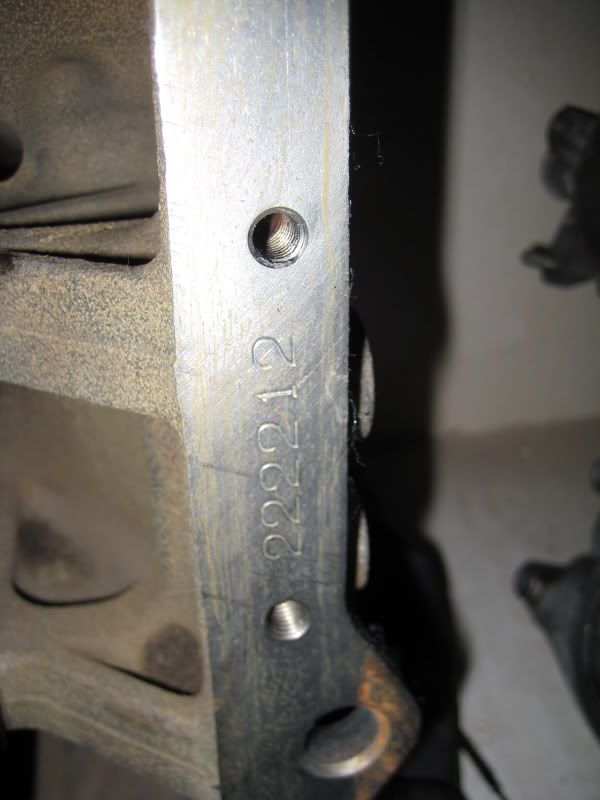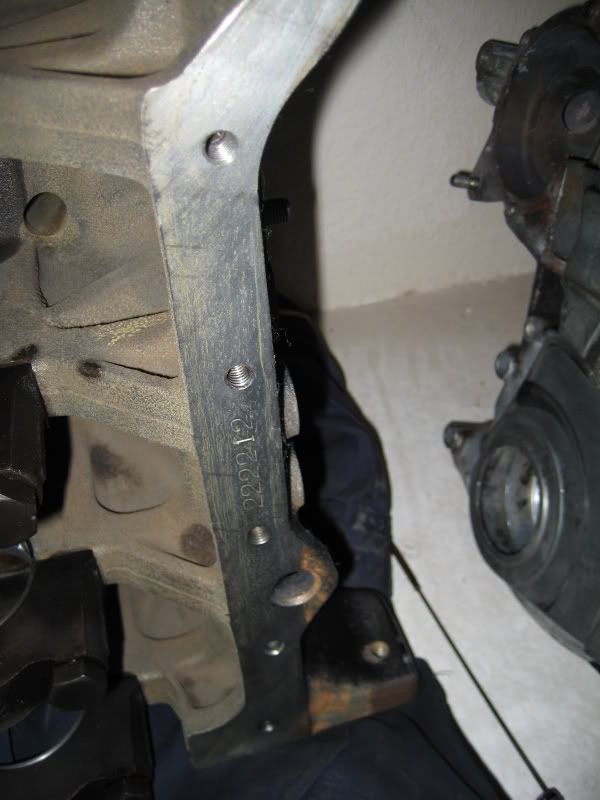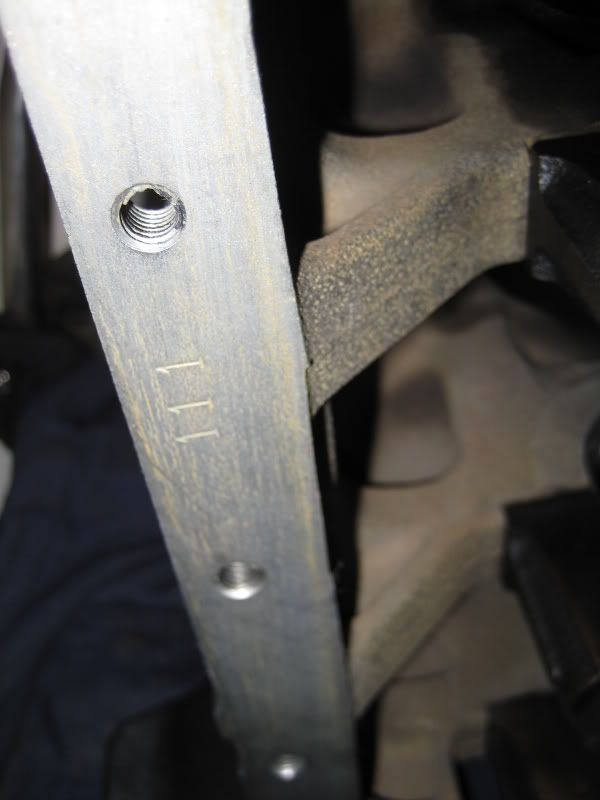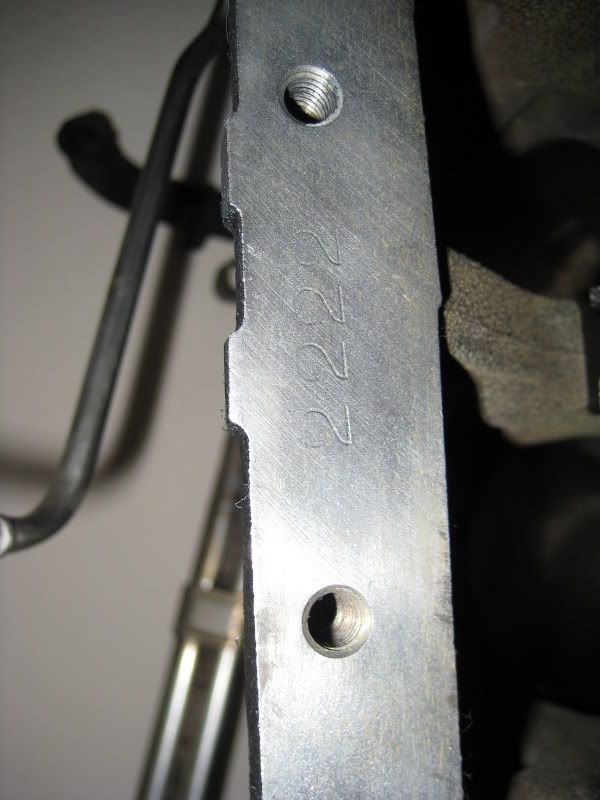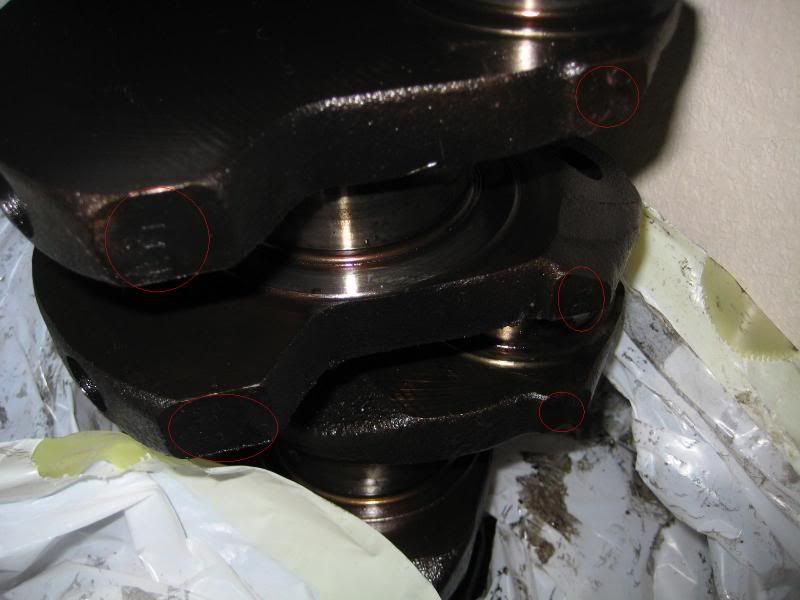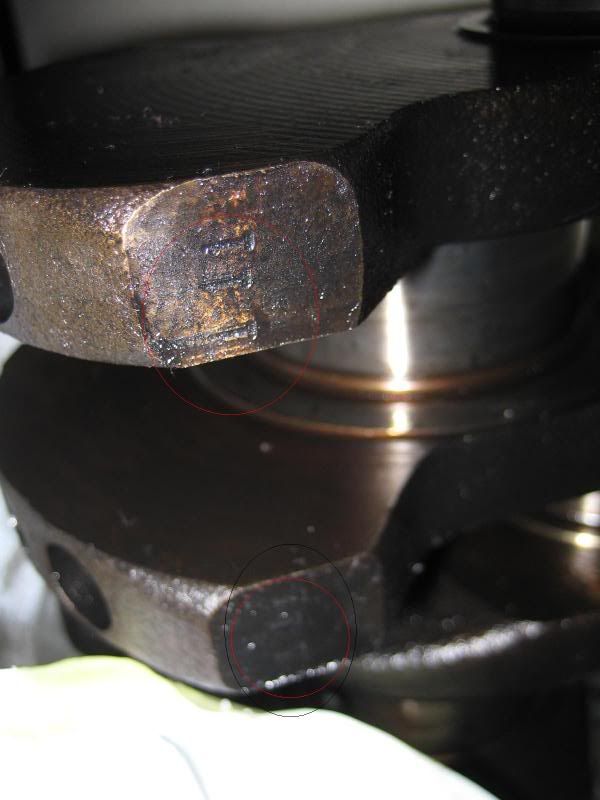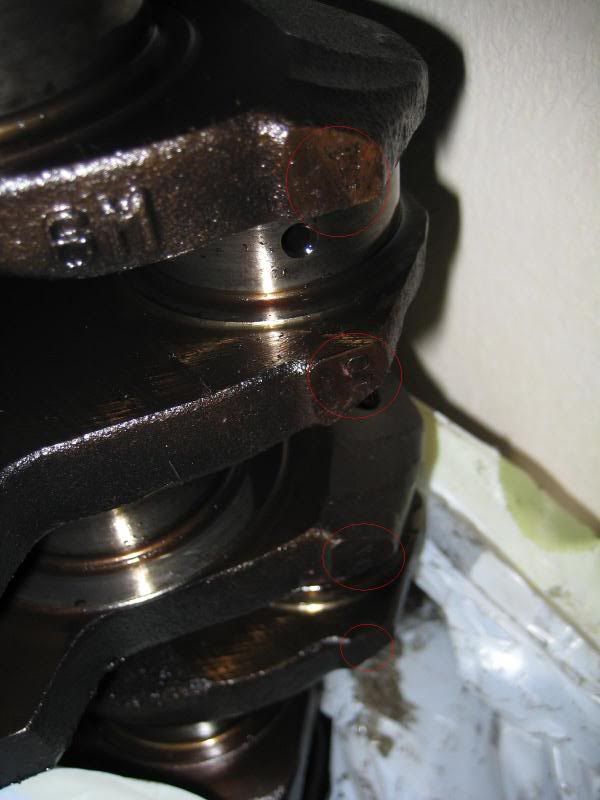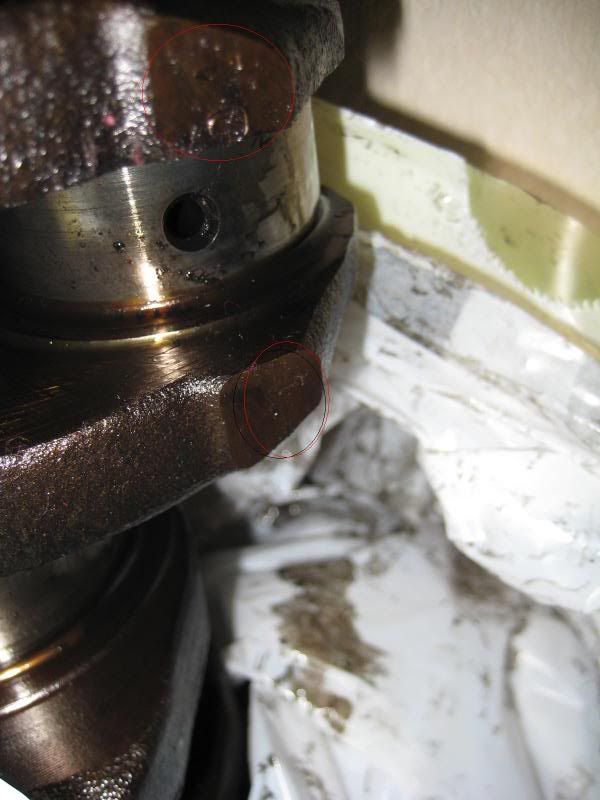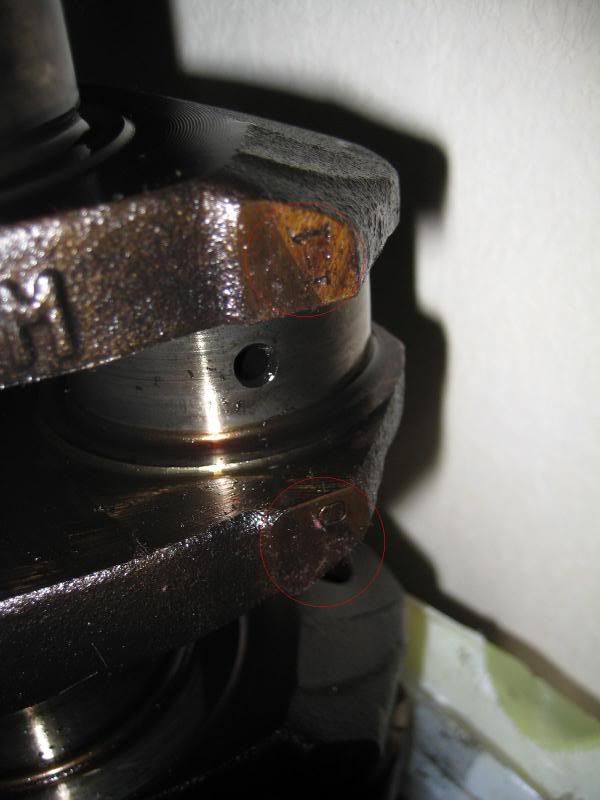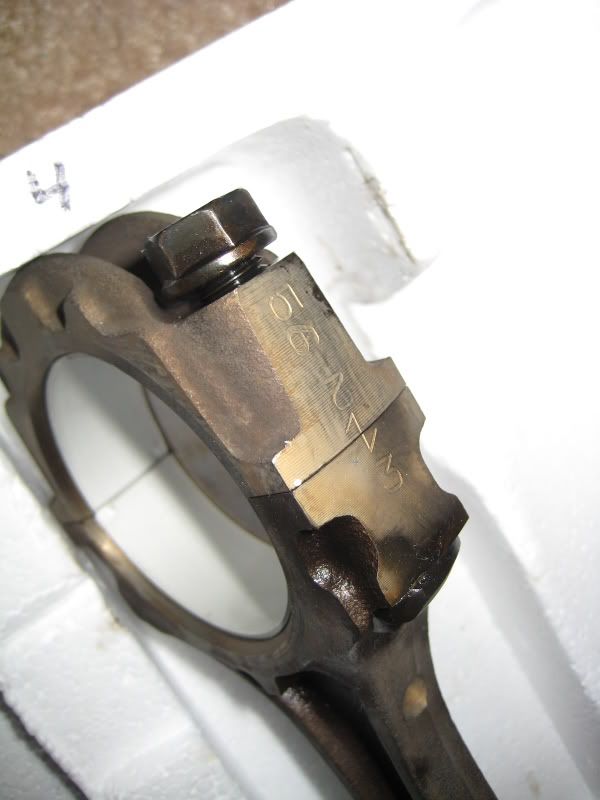I have an 89T engine that i bought and i have yet to open up the bottom end before putting it into my supra. Ive been reading through the TSRM about the bearings and i understand there are 5 different possible bearings sizes for the stock bottom end. What i was wondering is, assuming the engine i have has the stock bottom end and all i want to do is put new bearings, is it suggested that i buy brand new OEM bearings with the specific correct number bearing (about $40 a pop) or is it acceptable to use aftermarket "std" size bearings in it as long as oil clearance still is "in spec" once i put the new aftermarket bearings in? Are there cases where using aftermarket "std" size bearings will bring the oil clearances out of specifications? Thanks for the help.
While i have the pan off i plan to shim the pump 5mm, shim the stock filter head about 2mm, and I am also going to replace the oil squirter bolts. Are there any other things recommended that i do while i have the pan off? Thanks for all the help, it is much appreciated.
While i have the pan off i plan to shim the pump 5mm, shim the stock filter head about 2mm, and I am also going to replace the oil squirter bolts. Are there any other things recommended that i do while i have the pan off? Thanks for all the help, it is much appreciated.
Last edited:

